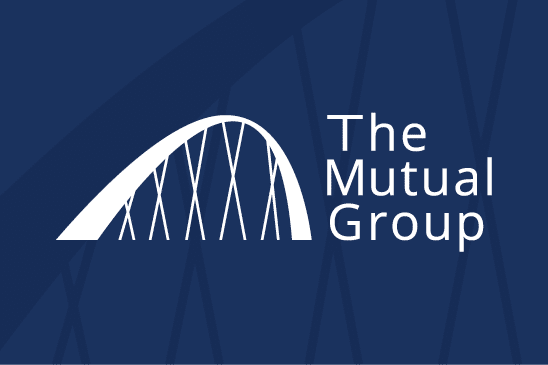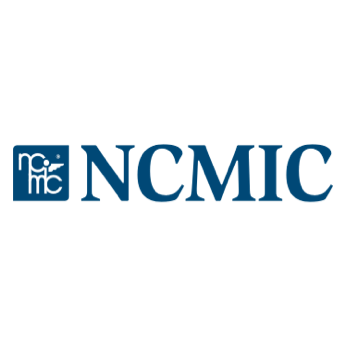401(k) law having mixed results, experts say
A 2006 law designed to boost employees’ retirement savings is having the opposite effect for some people, The Wall Street Journal reported.
Under the law, companies are allowed to automatically enroll workers in their 401(k) plans, rather than have employees sign up on their own. The measure was intended to encourage more people to bulk up their retirement savings.
An analysis done by the Employee Benefit Research Institute found that about 40 percent of new hires at companies with automatic enrollments are putting away less money than they would have if left to enroll voluntarily. The nonprofit performed a complex computer simulation of savings patterns for The Wall Street Journal, drawing on data from more than 20 million 401(k) participants.
The problem, according to the research, was that more than two-thirds of companies set contribution rates at 3 percent of salary or less, unless an employee chooses otherwise. Researchers say participants typically elect to invest 5 to 10 percent on their own.
But the total amount being put into 401(k) plans has increased by 13 percent since 2006, to an estimated $284.5 billion this year, according to consulting firm Cerulli Associates. That is largely because the rule has successfully prodded millions of people to start saving who normally wouldn’t have.
To see the full story in The Wall Street Journal, click here.










